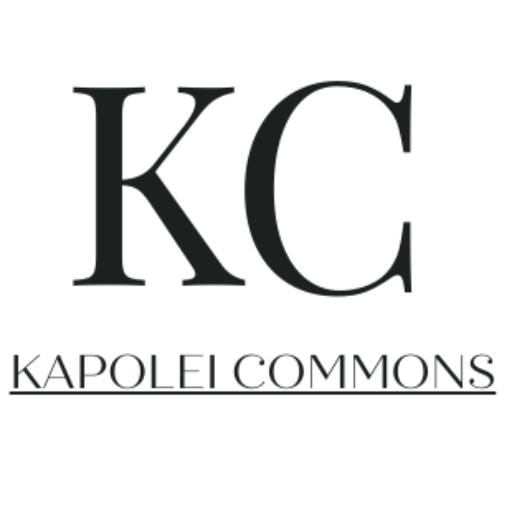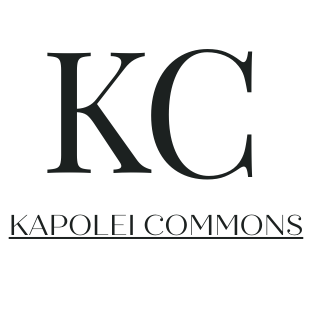In the digital age, blogging is no longer just a hobby it’s a powerful tool for connecting with audiences, driving traffic to your site, and establishing your brand. However, with millions of blog posts published every day, it’s more important than ever to stand out. The key to this visibility is engaging content that resonates with readers and keeps them coming back for more. How do you craft content that doesn’t just inform, but also captures the imagination and compels action? In this comprehensive guide, we’ll share the best practices and strategies for writing blogs that not only perform well with search engines but also create a connection with your audience.
Understanding the Blogging Landscape
Before we jump into the nitty-gritty of writing, it’s crucial to understand the blogging landscape. Blogging is a rapidly evolving medium, shaped by changes in technology, SEO, and user behavior. Here’s what you need to know to keep up with the game:
SEO is Crucial, But Second to Quality
Search Engine Optimization (SEO) is the process of optimizing your content to rank highly in search engine results. While important, it should never be at the expense of quality. Today’s algorithms are sophisticated and reward content that genuinely answers readers’ questions and provides value.
The Power of Storytelling
Humans are hardwired for story. Blogging provides a unique opportunity to tell stories that resonate with readers. Personal anecdotes, case studies, or industry narratives can transform dry information into compelling content.
Multimedia Enhancements
Incorporating multimedia elements like images, videos, infographics, and podcasts can make your blogs more engaging. Not only do they break up the text, but they also cater to different learning and consumption preferences.
Mobile Optimization
With more internet browsing done on mobile than on desktop, it’s critical that your blog is mobile-friendly. Visitors should have an equally great experience regardless of the device they use.
Writing for Your Audience
Understanding your audience is the first step to creating content that engages. Here’s how to do it:
Develop Reader Personas
Create personas fictional characters that represent different segments of your audience. Consider their demographics, pain points, and what they hope to achieve by reading your blog.
Speak Their Language
Use the same terminology your audience does. Conversational rather than formal language tends to resonate better. Remember, you’re having a one-on-one conversation with each reader.
Address Their Pain Points
Your readers visit your blog because they have questions or problems. Your content should directly address these concerns, offering solutions or new perspectives.
Be Authentic
Transparency and authenticity build trust. Admitting mistakes, sharing challenges, and celebrating successes with your audience can create a powerful connection.
Crafting Compelling Headlines
Your headline is the first and sometimes only chance to grab a reader’s attention. A great headline is:
Clear and Specific
It should clearly convey what the blog is about and what the reader will gain from it.
Compelling
Use techniques like asking a question, creating intrigue, or offering a benefit to draw readers in.
SEO Friendly
Incorporate relevant keywords to improve your chances of ranking in search results.
Building an Engaging Blog Structure
The way your blog is structured can significantly impact reader engagement:
Use Subheadings
Breaking your content into sections with descriptive subheadings makes it more scannable and easier to read.
Keep Paragraphs Short
Long blocks of text can be daunting. Aim for 3-4 sentences per paragraph.
Use Bullet Points and Numbered Lists
Lists help readers process information quickly. They also work well for SEO, especially when they answer a specific question.
Strategic Use of White Space
A cluttered blog is overwhelming. White space, or the absence of text, makes your content more visually appealing and easier to read.
Mastering the Art of Storytelling in Blogging
Storytelling can elevate your content from informative to captivating:
The Hero’s Journey
Frame your content within the classic storytelling structure where the reader is the hero. You play the mentor, guiding them on their path to success.
Emotional Hooks
Never underestimate the power of emotion. Whether it’s humor, sadness, anger, or joy, emotions can draw readers in and keep them engaged.
Character Development
Whether it’s a fictional character, a customer, or even yourself, develop the characters within your story. Who are they? What do they want? What’s standing in their way?
Conflict and Resolution
Every good story has conflict. Identify the problems or obstacles your readers face and offer solutions or ways to overcome them.
Incorporating SEO Without Sacrificing Quality
Search engines help readers find your blog, but they shouldn’t determine the content of it:
Do Your Keyword Research
Understand what terms your audience is searching for and incorporate those keywords naturally throughout your content.
Write for Humans
Search engines are getting better at understanding language the way humans do. Write content that’s beneficial to readers, and SEO will follow.
Optimize Your Meta Data
Meta titles and descriptions are the first things people see in search results. Make them compelling while including your target keywords.
Internal and External Links
Links to other pages on your site (internal) or to outside sources (external) can improve your SEO and provide additional value to your readers.
Bringing Your Blogs to Life with Multimedia
Incorporating multimedia elements can enrich the reading experience:
Image Selection
High-quality, relevant images can help break up your text and make your blog more scannable.
Videos and Animations
When a topic lends itself to multimedia, videos or animations can be incredibly informative and engaging.
Podcasts
For topics with auditory appeal, consider creating a podcast episode to accompany your blog post.
Infographics
Complex data or processes can often be better conveyed through infographics.
Promoting a Community Around Your Blog
Blogging should be a conversation, not a monologue:
Encourage Comments
Ask questions or prompt discussions at the end of your posts. Respond to comments and engage with your audience.
Guest Bloggers
Invite guest bloggers to contribute to your site. They bring in new perspectives and may promote the post to their own audience.
Social Sharing
Make it easy for readers to share your content on social media. The more your content is shared, the wider your audience.
Email Newsletters
Keep your readers coming back by sending out regular updates or roundups of your blog content via email.
Measuring and Iterating Your Blog’s Success
The only way to know if your blog is truly engaging is to measure its success:
Use Analytics
Tools like Google Analytics can provide invaluable data on your blog’s performance.
A/B Testing
Experiment with different headlines, calls to action, or content structures to see what resonates with your audience.
Listen to Feedback
Whether it’s through comments, social media, or a direct email, take note of what your audience is saying about your blog.
Stay Up-to-Date with Trends
Blogging trends change constantly. Stay informed and be willing to adapt your strategies.
By incorporating these best practices into your blogging routine, you can write content that not only ranks in search engines but connects with readers on a deeper level. Remember, the true art of blogging lies in balancing SEO with the creation of content that is compelling, informative, and above all, engaging. Ready to add a personal touch to your digital corner of the internet? Start typing your next compelling story!



Leave a Comment